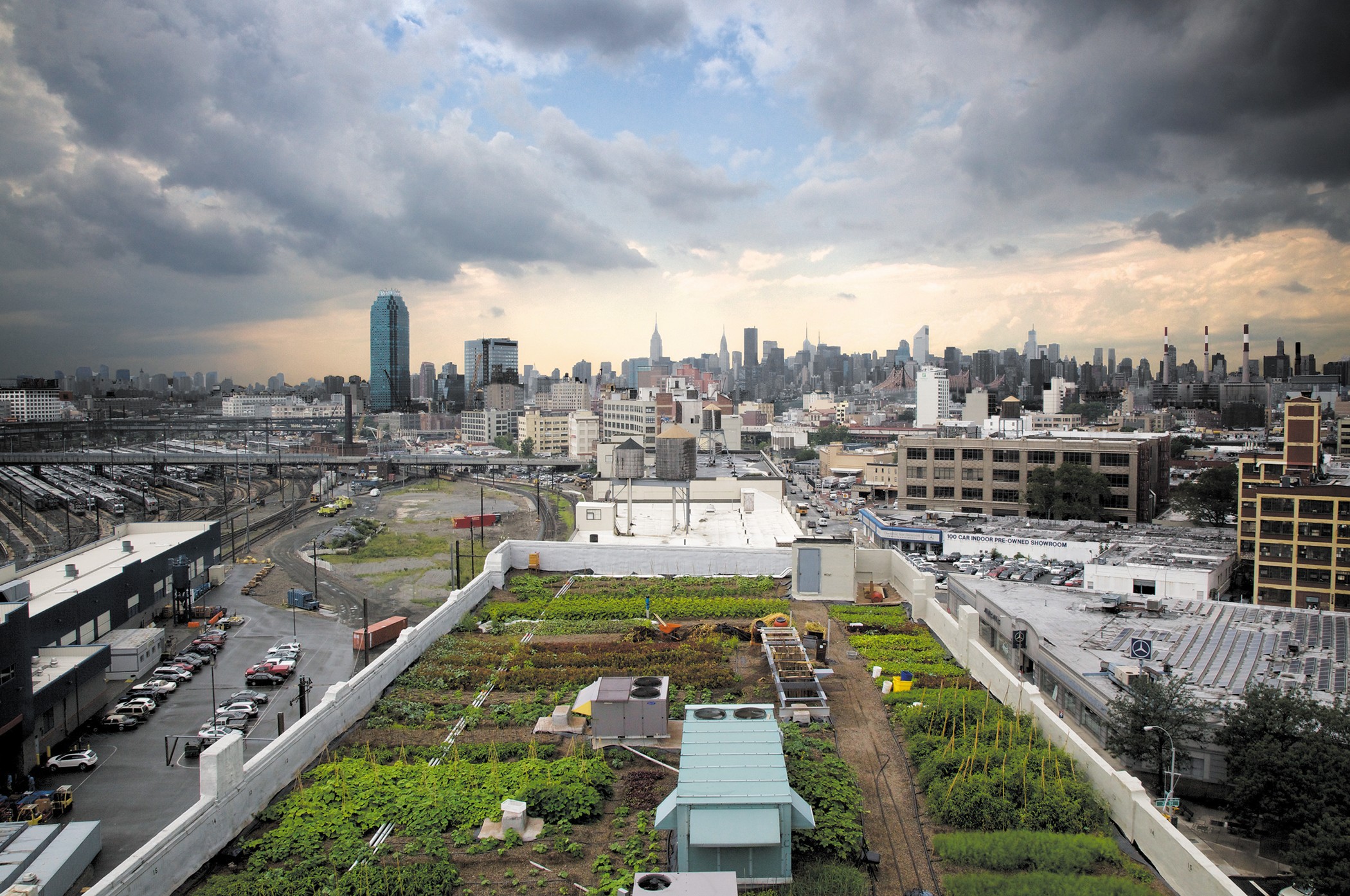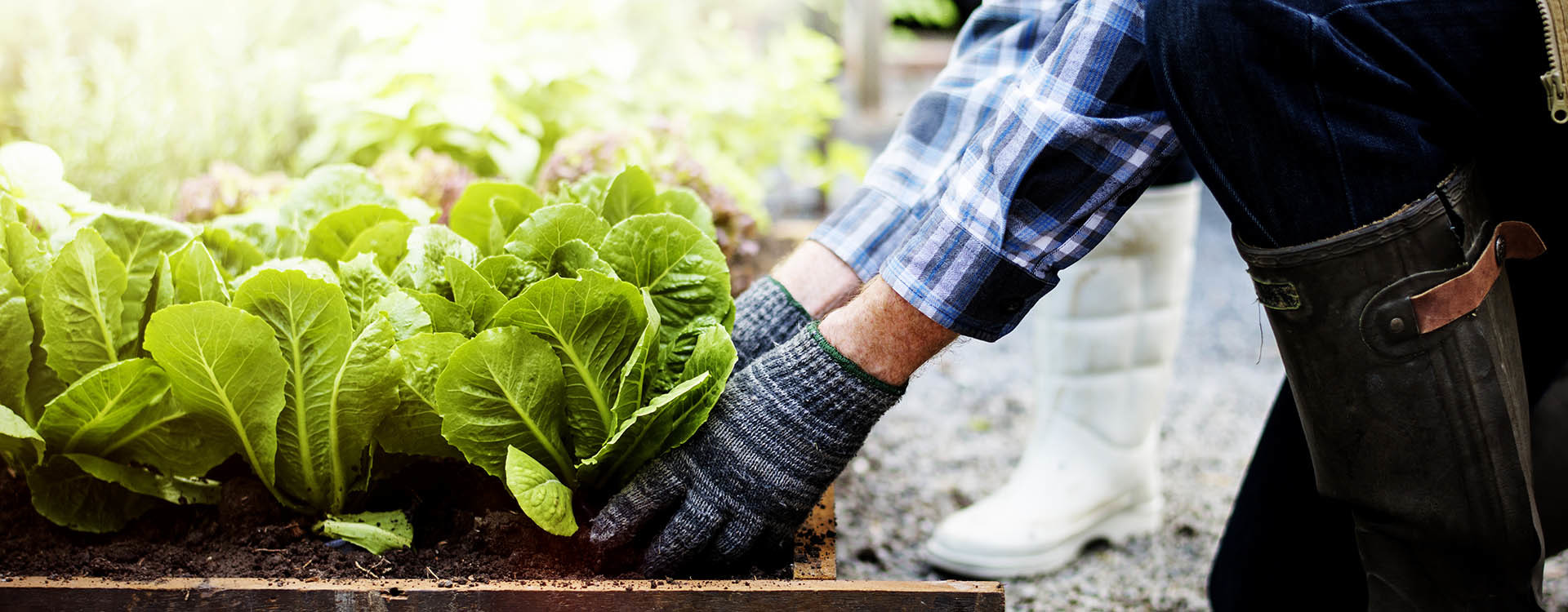The 10-Second Trick For City Blooming
The 10-Second Trick For City Blooming
Blog Article
The City Blooming PDFs
Table of ContentsThings about City BloomingThe Only Guide for City BloomingHow City Blooming can Save You Time, Stress, and Money.City Blooming Fundamentals Explained9 Easy Facts About City Blooming Shown
Interested in expanding food available in the City of Chicago? Considering beginning a community yard? Modifications to the Chicago Zoning Statute permit farming usages like area gardens and metropolitan farms in lots of components of the city. Below is a list of regularly asked concerns regarding the policies and regulations that cultivators must take into consideration when preparing a city agriculture job.
The zoning amendment does not customize any various other codes handling composting, building authorizations, buying or leasing City owned property, service licenses or environmental contamination. There are existing codes that control these issues and they remain in full result and might apply to your task. Neighborhood yards are usually owned or managed by public entities, civic organizations or community-based organizations and preserved by volunteers.
Urban farms expand food that is meant to be offered, either on a not-for-profit or for-profit basis. As a result of their business objective, urban ranches require a business license. Yes. A neighborhood yard is permitted to offer surplus create that was grown on site if the sales are accessory or subordinate to the yard's main function described above.
The Ultimate Guide To City Blooming
The quantity of compost product can not surpass 25 cubic lawns at any type of provided time according to the requirements in 7-28-715 of the City's Municipal Code. Since the dirt at most brand-new yard websites needs amending, garden compost, dirt, timber chips, or various other products can be obtained to construct or boost the growing room.

If a structure license is required after that the hoophouse will be taken into consideration an accessory structure. You can discover more concerning the building license requirements by getting in touch with the Department of Buildings. The 25,000-square-foot dimension limit is intended to stop a solitary neighborhood yard from dominating an offered block or interfering with the block's existing household or commercial personality.
The limit does not relate to yards found in Public Open Space (POS) areas. Can there be more than one neighborhood garden that is 25,000 square feet on a single block? Yes. The dimension limit relates to private yards, not to private blocks. No. Fence is not called for, nonetheless, yards that have big parking lot might be needed to set up fence or various other landscaping attributes.
The smart Trick of City Blooming That Nobody is Talking About
B1 & B2 areas require that all commercial use activities be performed inside. Is fencing needed for urban ranches? Fencings might be needed, along with landscape design and screening, for particular car parking locations and outside work or storage areas depending on place and the certain task taking area.
Urban ranches require building permits and zoning approvals prior to building and construction (eco-friendly practices). Various other forms of city review may be required depending on particular frameworks, activities, size, landscaping, licensing, public heath and stormwater administration problems.
Yes. The kind of certificate is figured out by what is occurring at the website. The Division of Organization Matters and Customer Defense can assist determine the particular kind of company permit that's called for. Yes. Off street auto parking is needed for the majority of commercial tasks in Chicago. The check my reference required number of garage is based upon the number of staff members dealing with website and not the square video of the growing area.
The Best Guide To City Blooming

A city ranch can sell compost product created on site, nevertheless, the operation must conform with the laws in 7-28-715 of the Chicago Municipal Code. Aquaponic systems are enabled inside your home on urban ranches in lots of zoning areas.
Up to five hives or colonies of honey might be kept as an accessory usage. However, beekeepers must sign up with the Illinois Department of Farming. For additional information about the suggested zoning modification you may speak to the Division of Real Estate and Economic Development, Bureau of Planning and Zoning at 312.744.8563.
Farming in cities and city locations A city farm in Chicago. Urban farming describes different methods of cultivating. https://forums.hostsearch.com/member.php?263116-cityblooming, handling, and distributing food in city areas. The term likewise relates to the location tasks of pet husbandry, aquaculture, beekeeping, and horticulture in an urban context. Urban agriculture is differentiated from peri-urban farming, which happens in rural locations at the edge of residential areas.
Rumored Buzz on City Blooming
It can include an activity of organic farmers, "foodies" and "locavores", that look for to develop social networks based on a common principles of nature and area holism. These networks can establish by method of official institutional support, ending up being incorporated into regional town as a "change town" movement for lasting metropolitan development.
Some of the initial proof of metropolitan agriculture comes from Mesopotamia.
Report this page